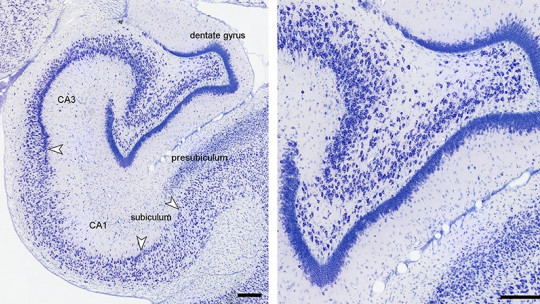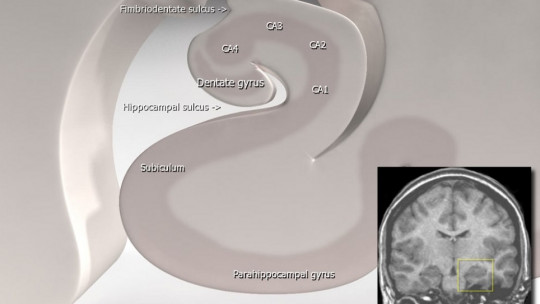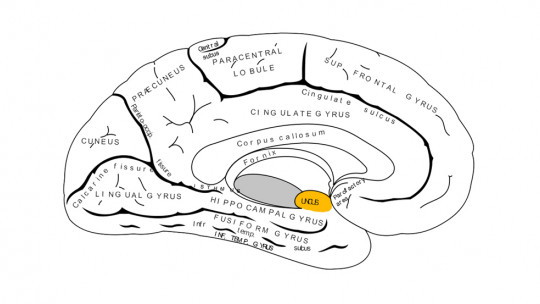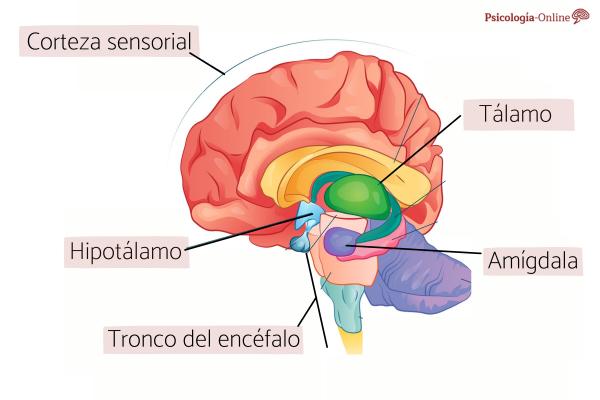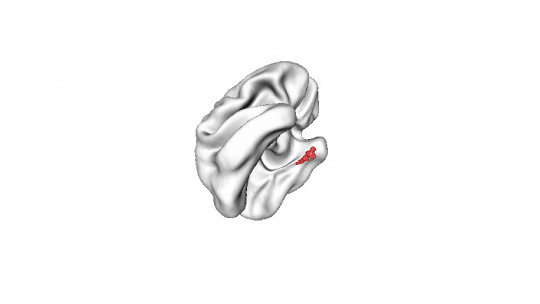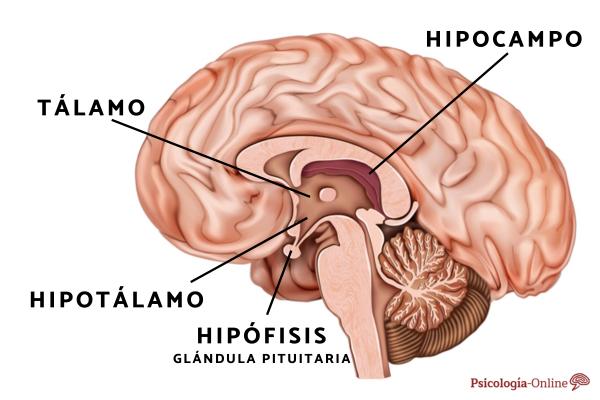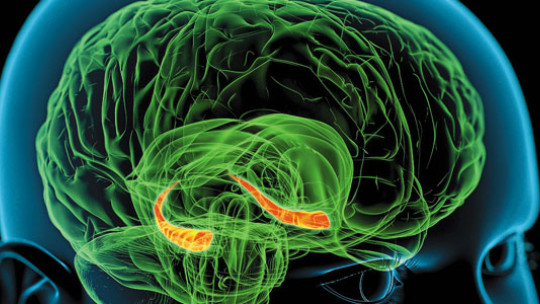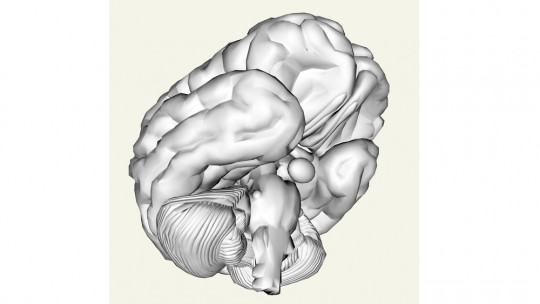How are our memories formed? How are we able to remember how to get to our home or workplace? These functions that we perform unconsciously, without stopping to think about them, are possible thanks to brain structures such as the hippocampal formation
Throughout the article we will talk about this complex brain structure, the organs that make it up and how scientific research has developed various theories around its functions.
What is the hippocampal formation?
In neuroanatomy, the hippocampal formation refers to a brain structure located in the medial temporal lobe Although within the field of research itself there are discrepancies about which specific organs or brain regions form this structure, most agree that at least the dentate gyrus, the hippocampus and the subiculum are included within this classification. However, other areas such as the presubiculum, parasubiculum and entorhinal cortex are the subject of discussion, since not all authors recognize them as part of the hippocampal formation.
The main functions of the regions that make up the hippocampal formation are related to memory processes, spatial navigation and orientation, and attention control.
Historical tour
During the 19th century and early 20th century, research on the hippocampal formation, more specifically the hippocampus, pointed towards the idea that it played some type of role in the olfactory system.
Furthermore, in 1937, research carried out by scientists such as Papez or Klüver and Bucy began to develop the hypothesis that the hippocampal formation played an important role in emotional responses. However, today there is little support for the idea that these structures are directly involved with emotional processes, given that emotional memory is more related to the amygdala.
Although it was not until centuries later that the relationship between hippocampal structures and memory processes was recognized, in 1900 the Russian neurologist Vladimir Bekhterev discovered an association between significant memory deficit and softening of the hippocampus and cortical tissue.
Similarly, in 1957 researchers Scoville and Milner also reported symptoms related to memory loss in patients with lesions in the medial temporal lobes. These were some of the first investigations thanks to which we currently know that the hippocampal formation plays an essential role in some memory processes.
Finally, animal studies carried out in 1970 also established the relationship between the hippocampus and spatial coding. However, this association is still widely debated by the scientific community.
Parts of the hippocampal formation
As indicated at the beginning of the article, The hippocampal formation is composed of various brain structures These structures are the dentate gyrus, hippocampus, and subiculum.
1. Toothed turn
The dentate gyrus or gyrus is a part of the hippocampal formation to which It is attributed an important role in episodic memory, as well as in the exploration of new environments. In addition to the formation of memories, it is also hypothesized that the dentate gyrus is involved in some way in the regulation of emotions.
Memory
It is believed that the dentate gyrus is one of the few brain regions in which neurogenesis, that is, the birth of new neurons, takes place. It is also hypothesized that this neurogenesis facilitates or enhances the formation of new memories as well as being associated with improving spatial memory.
Stress and depression
Other aspects in which the dentate gyrus has a functional role is stress and depression. Some research has shown that neurogenesis increases in response to antidepressant treatment; As well as a relationship has been established between the physiological effects of stress and the inhibition of the birth of new neurons.
Finally, it is known that both endogenous glucocorticoids generated as a product of stress can play a role in psychosis and depression, implying that neurogenesis in the dentate gyrus may play an important role in modulating the symptoms of these emotional responses
Spatial behavior
Animal studies have shown that after injury or destruction of the cells of the dentate gyrus, extreme difficulty occurs when orienting oneself through a maze. Specifically, problems appear when consolidate information learned about a specific place therefore it is hypothesized that lesions in the dentate gyrus may cause alterations in spatial memory.
2. Hippocampus
The second and most important organ of the hippocampal formation is the hippocampus, one of the main structures of the mammalian brain. located inside the medial or internal part of the temporal lobe
The main functions of the hippocampus are related to both memory processes and spatial memory and orientation. Let’s see what they are.
Memory
According to general consensus, the hippocampus is one of those responsible for the formation of new memories, both episodic and autobiographical Furthermore, an increase in hippocampal activity has been demonstrated when novel stimuli appear.
Lesions in this structure do not usually affect other types of memory formation related to the acquisition of motor or cognitive skills, but they do affect the formation of new memories. That is, damage or deterioration of the hippocampus can lead to the appearance of anterograde amnesia.
Spatial memory and orientation
As in the dentate gyrus, studies carried out in animals have shown that some neurons in the hippocampus generate a series of electrical potentials when the animal passes through specific areas of its environment.
Although evidence of this activity in primate brains is very limited, this neuronal activity may suggest that the hippocampus also has certain responsibilities in spatial memory and orientation.
3. Subiculum
Finally, the structure known as the subiculum is the most inferior part of the hippocampal formation.
Although this structure is still under investigation, it is speculated that the subiculum is involved in some cases of epilepsy. Furthermore, also It has been related to working memory and spatial orientation as well as it is suggested that it may be involved in some processes of drug addiction.

